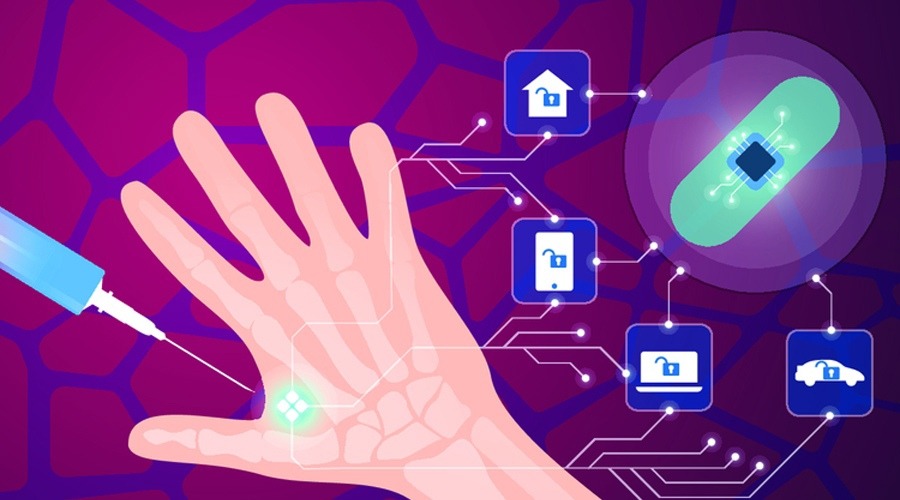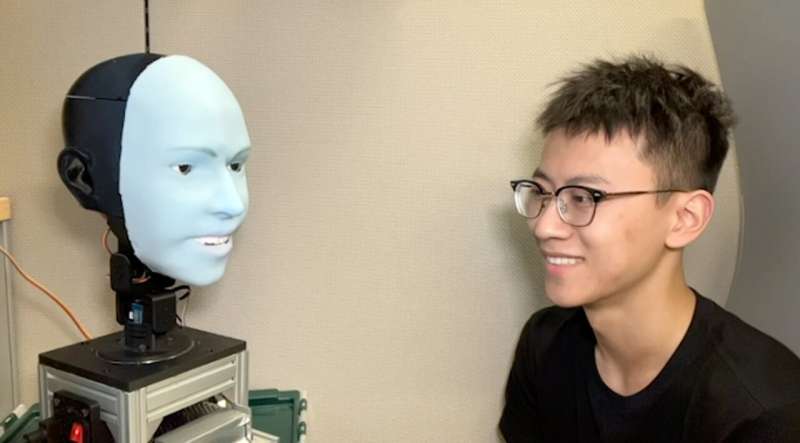Machine learning systems can benefit from making mistakes, just like humans do. However, real-world trial-and-error poses risks for autonomous technologies like self-driving cars. New research challenges the notion that unlimited testing is required to teach machines safe actions.
Published in IEEE Transactions on Automatic Control, the study presents an approach for efficiently training AI systems to balance optimality, risk exposure, and quickly identifying unsafe behaviors.
"Machine learning often seeks the most optimal solution, potentially increasing errors along the way," explained lead author Juan Andres Bazerk of the University of Pittsburgh. "But for autonomous systems, errors can be catastrophic collisions. We show safe policies can be learned separately from optimal ones."
The researchers demonstrated their concept in two scenarios, creating an algorithm that detected all unsafe actions within a limited number of rounds. They also solved the problem of finding the optimal policy for a Markov decision process with high confidence safety constraints.
Their analysis revealed the trade-off between unsafe policy detection time and exposure to unsafe events. Markov decision processes provide a framework for modeling decision-making under uncertainty.
Simulations confirmed the theoretical trade-offs and showed that enabling safety constraints can accelerate learning. "This refutes the idea that infinite testing is needed for safe learning," said Bazerk. "By balancing optimality, risk exposure, and detection time, we can achieve guaranteed safety much faster."
The results have significant implications for developing safe autonomous systems like robots, self-driving cars, and AI. Focused training on safety separates from optimization enables efficient real-world learning without excessive risk.
This innovative approach paves the way for securely deploying machine learning in complex, safety-critical applications. The study demonstrates both the challenges and solutions for training artificial intelligence to act safely in the physical world.


















